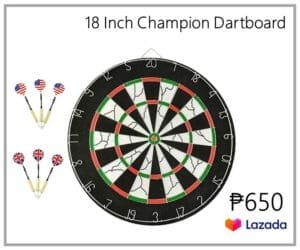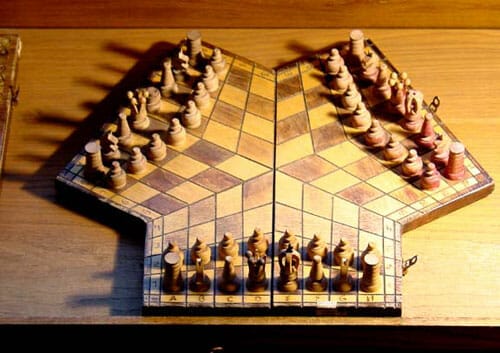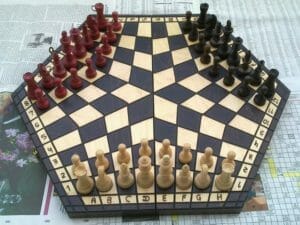Chess
The Queen’s Gambit is a 2020 American coming-of-age period drama miniseries based on Walter Tevis’s 1983 novel of the same name.
The title refers to “Queen’s Gambit”, a chess opening. It was written and directed by Scott Frank, who created it with Allan Scott. Beginning in the mid-1950s and proceeding into the 1960s, the story follows the life of Beth Harmon (Anya Taylor-Joy), an orphaned chess prodigy on her rise to the top of the chess world while struggling with drug and alcohol dependency.

Netflix released The Queen’s Gambit on October 23, 2020. After four weeks it had become Netflix’s most-watched scripted miniseries. It was acclaimed by critics, who lauded Taylor-Joy’s performance as well as the cinematography and production values. It has also received a positive response from the chess community, and data suggests that it has increased public interest in the game.
Here a chess game that engineers will surely love… it is even more complex than Netflix Queen’s Gambit moves.
If you’ve been convinced that chess can only be played by black and white, you’re about to get mind-blown. Not known to many, there’s actually a chess variant that allows three players to duke it out in the world-renowned strategy game. If you think that’s far-fetched, it really is. It’s basically normal chess with an extra player.

Source: Catawiki

The common board is hexagonal in shape, but there are also other variants in existence. The movements for the pieces are still the same, except for the fact that rooks now move in a curved trajectory. Three players start their armies from each individual side, and in the end, only one player takes the win.
There are some rules that sets it apart from regular chess. As the saying goes: “an enemy of an enemy is a friend”; you might be in the belief that this game is surely about to be unfair in some point. You’re probably thinking that 2 players can gang up against one to eliminate the competition right away.
That is why three player chess was a hard game to make fair rules for. Commonly, the only way for one to win a battle is for someone to lose. That is still the same in three player chess. The first one to checkmate another is the winner, and the one to avoid the checkmate is second place, and the one who got the checkmate is the third.

If you love chess but haven’t had the chance to actually play it,you can try giving it a go from the comfort of your own home.
You can just logon to your favorite search engine, search for three player chess and you’re bound to find links that offer online play.
You can try battling it out with veterans and newbies alike. You can even tell your friends so they can join in on the fun. It’s a very fun and challenging take on the strategic classic and it adds a little more challenge to the already challenging game.

Staying away from threats is a good enough of a challenge for anyone, but fighting off 2 at the same time, now that’s where the fun starts. It feels like spectating and playing at the same time. Watching your opponents battle each other, while you prepare your next move to retaliate.
There are other rules where a player can only attack a player that wasn’t attacked by the third player on the previous move, or simply put, they can only attack who attacked them. This “neutrality rule” was placed to avoid two players conspiring against the third. The design and complexity of this game is something that engineers would love and should definitely try out when they get the chance.
Source:














